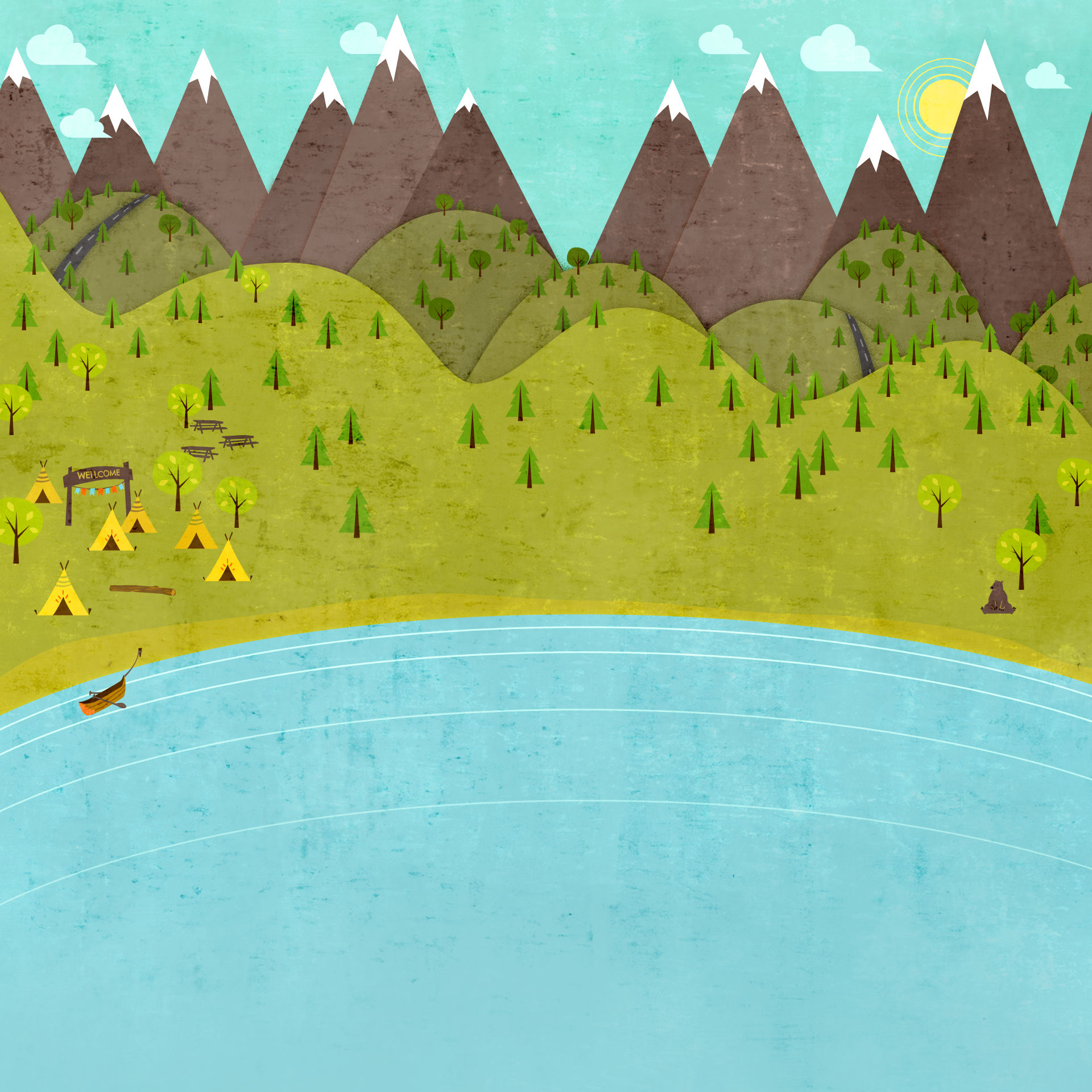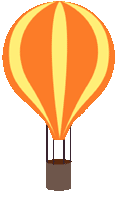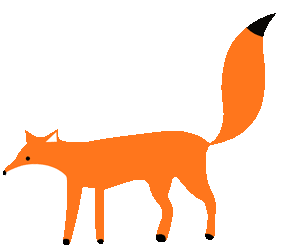

Adventure through
the History of
Educational Technology


Digital Technology
The addition of Audio and Video resources to the classroom gave teachers more options in how they presented their lessons. It allowed them to make the material easier to understand for students with different learning styles.
Unfortunately, these educational tools still had a drawback - they were not interactive. This started to change when people began buying computers to use at home.
Interactive Educational Tools

Play: Where in the World is Carmen Sandiego?
Below, you will find an example of an educational game provided with computers in the late 80s and early 90s. It is called: "Where in the World is Carmen Sandiego?" and in this game, your challenge is to help catch a famous thief named Carmen Sandiego and her V.I.L.E. gang by traveling to different locations around the world and collecting clues. Try playing this game for a little while to see what these games were like.
The computers at this time were much less powerful than today's computers, so you will notice that the game graphics, animations and sounds are not as nice as modern games.
-
-
1980s
-
-
-
-
-
-
-
-
-
1990s
-
-
-
-
-
-
-
-
-
2000s
-
-
-
-
-
-
-
The Computer
At the beginning, computers were mostly used in business, but this started to change in the 1980s when IBM, Apple and others started producing computers that were easier to use, and were more affordable.
The stores that sold computers also often included some educational games with these computers to help convince parents that a computer would help their kids learn.


In the previous section (Task 2), you saw a "Magic School Bus" video where the kids did not know how to use a computer, and needed an "expert" named Mikey to help them. In 1995, this changed. Computers became much easier to use and also a lot more common in homes and schools.
Most new computers came with an operating system called Windows 95 and were also able to read a new kind of disk called a CD-ROM. CD-ROMs were able to store much more information than the previous computer storage technology.
Computer technology continues to improve to this day.


Play: TVO's Body Battle
The Internet
One of the reasons that computers were becoming more popular was that people were starting to use the internet. But, in the 90s, the internet looked very different than it does now. There was no Google, there was no YouTube, there were no online games. These tools had not been developed yet.
Take a look at the attached video to get an idea of how the web looked in the early days of the internet. You don't have to watch the
This video is an advertisement for the internet - we don't see that any more. Notice how hard everyone is trying to explain the usefulness of the internet and computers,
Activity
Try This!

Step 1: Go to a tutorial on the Khan Academy website.
(the one in the link deals with fractions, but you can select a different one if you'd like)
Step 2: Try watching a few videos.
Step 3: Think about how the website tries to make learning easier and more fun.
The internet has become a great tool for learners. There are many websites that can provide you with all kinds of information.
But, some websites specialize in teaching. One such example is a website called "Khan Academy."
Khan Academy started out when a man named Sal Khan was trying to tutor his cousin in another city. He made some videos with his explanations and put them on YouTube so that his cousin could watch them over the internet.








